
If you want to build a high-performance home on a limited budget, and you want to do it right the first time, your best bet is to keep it simple. This month, using some real-world examples, we’re going to show you exactly why this cliché is so pertinent to home building.
Pete likes to “stick shit on” buildings
I don’t think things get much simpler than Mr. Potato Head. Sure, it’s a toy, but just like houses there are simple toys and complicated toys. When a child decides to play with Mr. Potato Head, the activity is straightforward, they start with his simple form and stick shit on it.
What does this have to do with building? Let’s look at this example, from Rob Myer’s project posted on GBA:

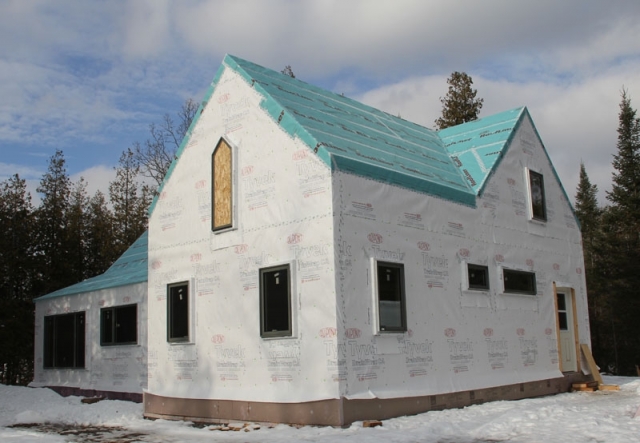
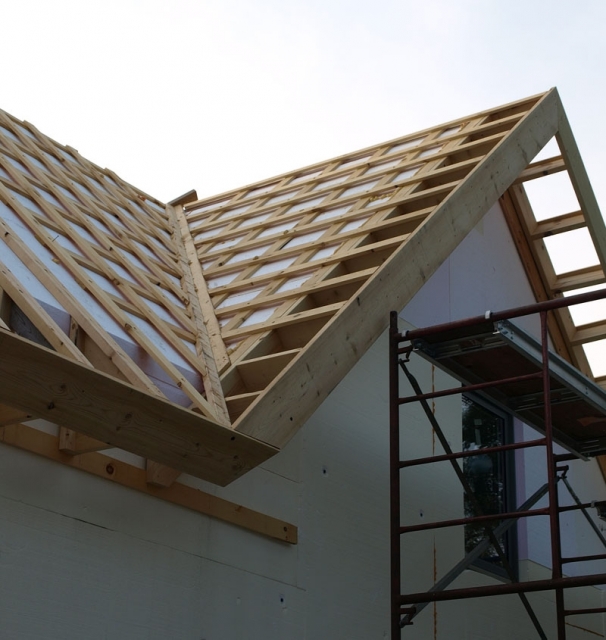
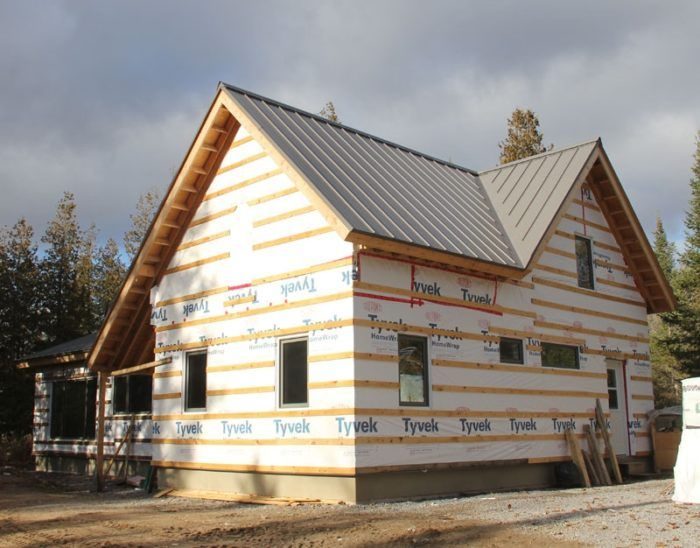
That is a very different from this:
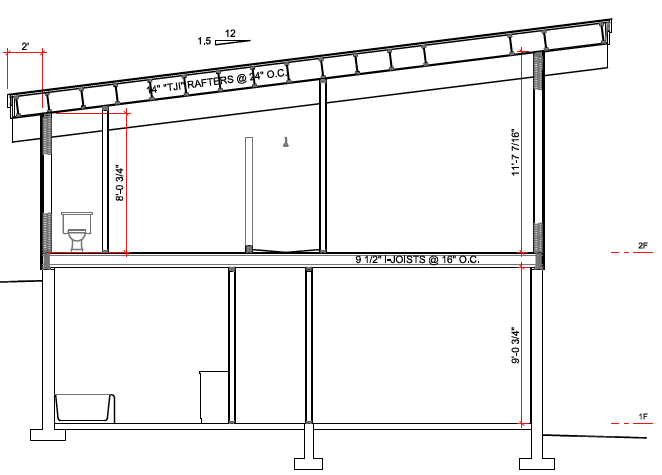
There is a nice over-roof to get great R-value in this cathedral roof timber frame, but the through-beams moving from inside to outside the building are big thermal bridges, as well as conduits for both moisture and air movement due to the difficulty in air sealing in those locations.
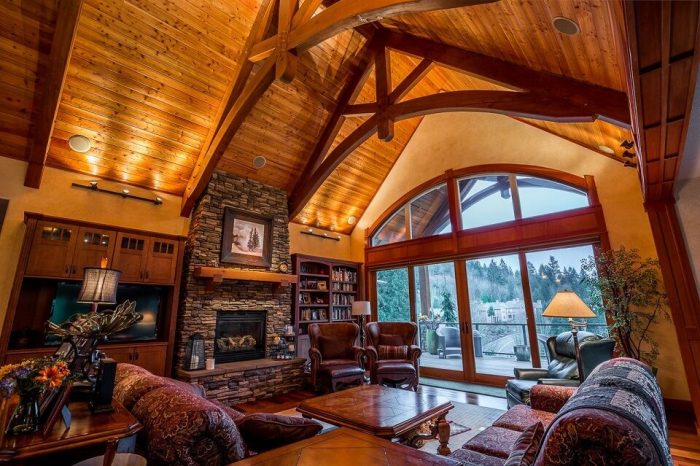
This timber frame…
Weekly Newsletter
Get building science and energy efficiency advice, plus special offers, in your inbox.

This article is only available to GBA Prime Members
Sign up for a free trial and get instant access to this article as well as GBA’s complete library of premium articles and construction details.
Start Free TrialAlready a member? Log in





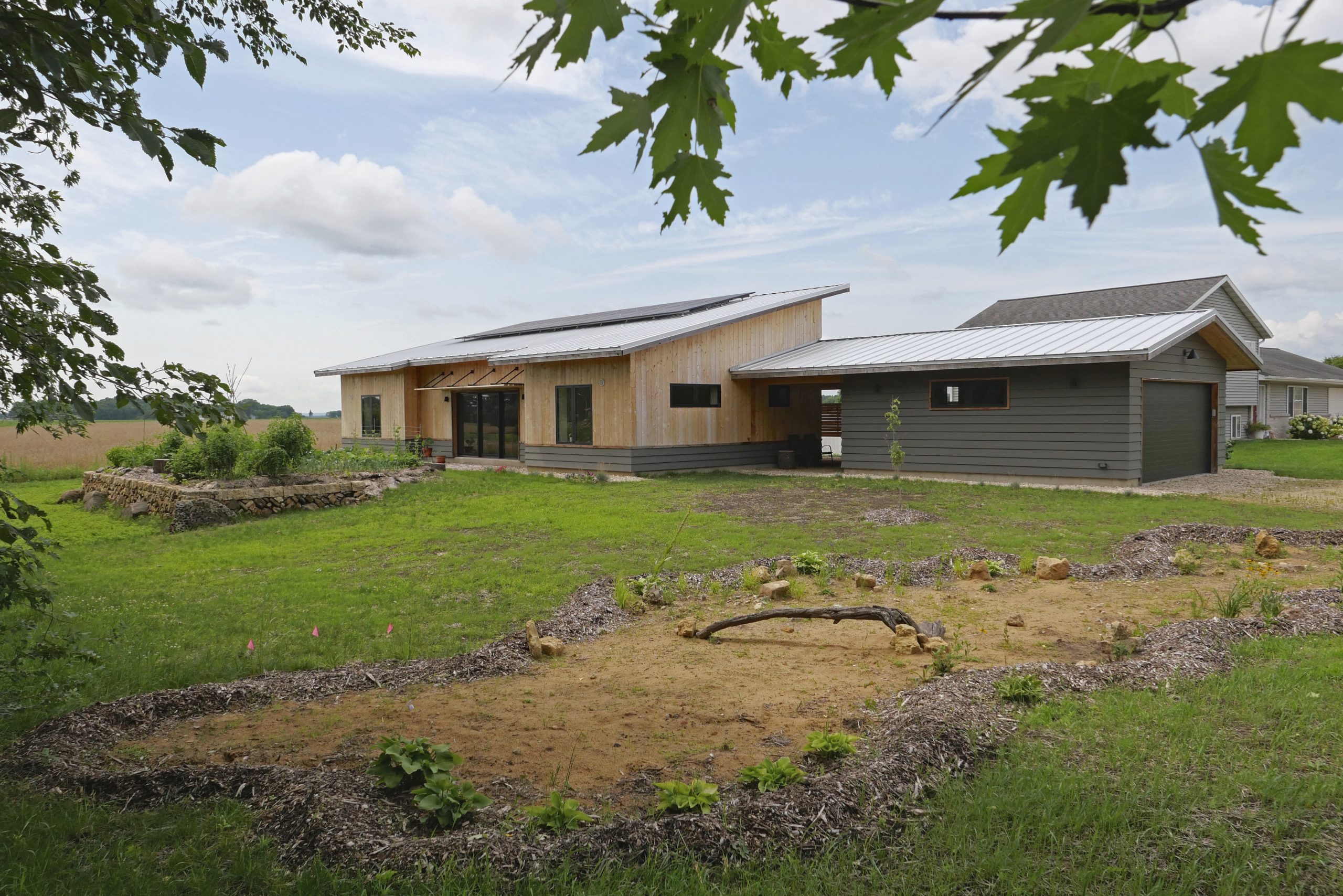
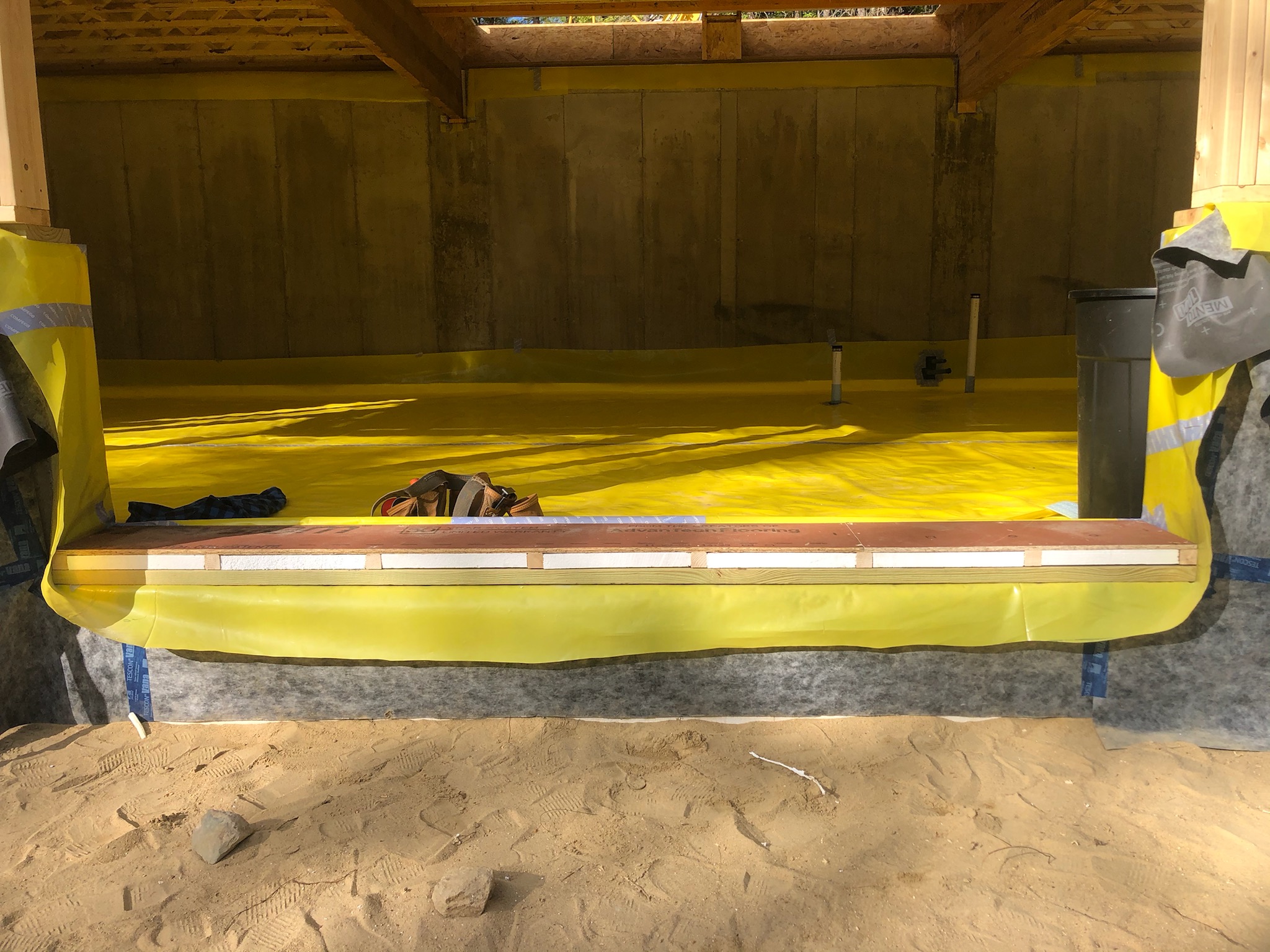

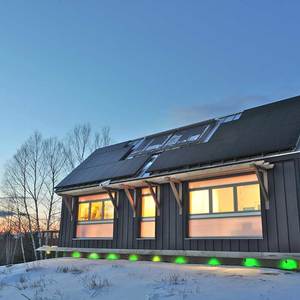






One Comment
Configuration does matter in terms of energy efficiency. In looking at gas usage for 2 of my building customers both with an 80% furnace, my observation. They are similar in square footage and are mostly original in insulation and air sealing.
House 1 is a multi-level with a tuck under double garage, 60% vaulted ceilings and a walkout facing north. There is a heated 4 season room (5 exterior surfaces) on the north side and a laundry room that juts out along side the garage with 3 exterior walls. Gas usage for heating before ceiling insulation upgrade was 5.5 Btu's per square foot per heating degree day.
House 2 is a rectangular 2 story with lower level walkout facing west. Just 4 corners with each floor stacked on the rectangular foundation. Gas usage for 2019-2020 heating season was 3.63 BTU/sf/hdd.
A rough comparison but both homes are of similar vintage but vary greatly in square feet of exterior wall. This is assuming a similar ACH50 for both homes, example 1 has been tested, example 2 has not yet been tested. A comprehensive vaulted ceiling and attic insulation with air sealing has been done on House 1, current Btu/sf/hdd about 4. Still not as efficient as the 2 story.
Log in or become a member to post a comment.
Sign up Log in